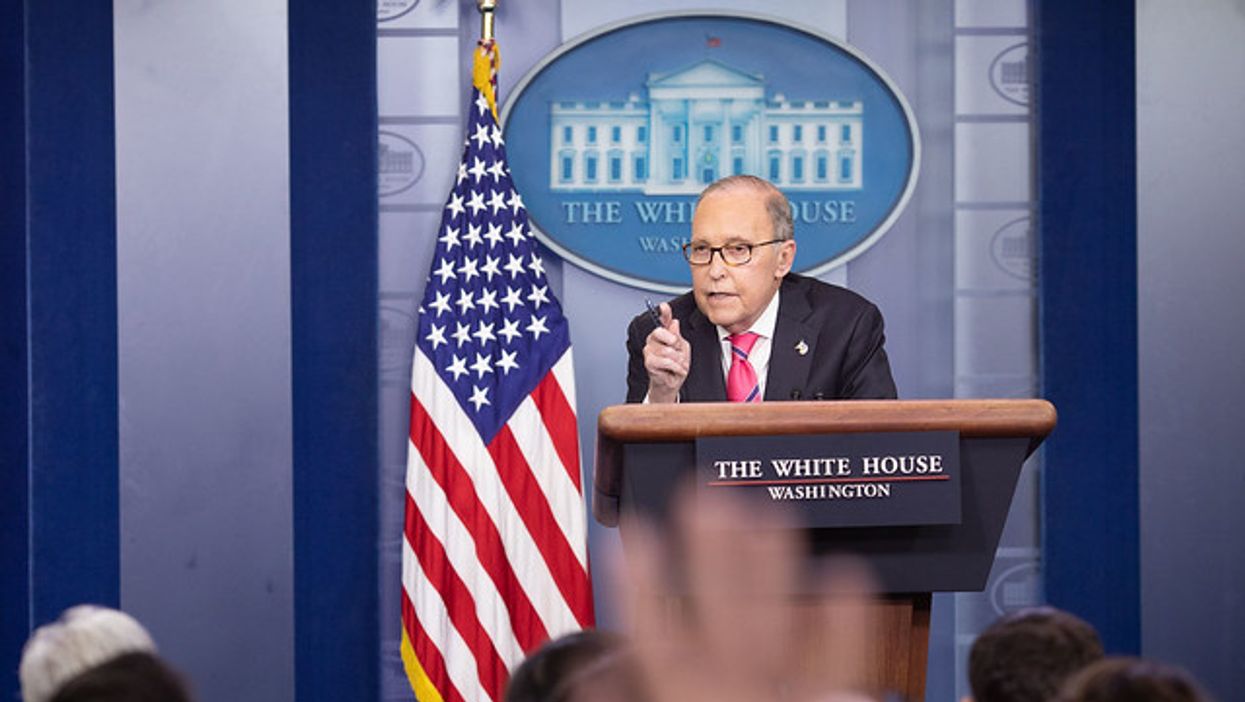You can tell things have gotten very bad when the issue of economic inequality — a serious national problem mostly ignored for more than three decades — is suddenly in political vogue. And you can be sure things have gotten very, very bad when Republicans — who usually insist that inequality is natural, inevitable, even beneficial — suddenly claim they’re worried about it, too.
As the 2016 contenders officially declare their intentions, all of them seem aware that voters want to restore a vestige of fairness to the American economy. Regardless of personal ideology or political reliance on plutocratic billionaires, every presidential candidate must, at the very least, display concern for working families, single mothers, indebted students, and everyone struggling to achieve or maintain a decent living.
Yet how concerned are they, really? In the video that announced her candidacy, Hillary Clinton spoke briefly but bluntly: “Americans have fought their way back from tough economic times, but the deck is still stacked in favor of those at the top. Everyday Americans need a champion, and I want to be that champion.” The only Democrat in the race so far, Clinton realizes that a populist agenda will be required to excite her party base — and to answer those who regard her as too wealthy and too well connected to empathize with the downtrodden.
That unflattering portrait omits many relevant facts about Clinton’s life, from her own modest origins to her many years of advocacy for the disadvantaged, especially women and children. She spoke out publicly about economic fairness long before doing so became politically fashionable, both as a United States senator and during her last presidential campaign. Now the skeptics can listen and decide for themselves.
But voters should also listen closely to the Republicans who mock Clinton’s populism and assert that they are the true spokesmen for the working class. What do they propose to address inequality? And how “authentic” is their concern?
At least two of the Republican candidates, Senator Rand Paul (R-KY) and Senator Ted Cruz (R-TX), want to institute a so-called flat tax — which would severely exacerbate inequality by reducing tax levies on the wealthy and increasing the burden on everyone else. Such plans would cost the Treasury an annual amount estimated between $700 billion and $1 trillion. Yet Paul and Cruz insist that they will simultaneously slash taxes, increase defense spending, and balance the budget — and so does Senator Marco Rubio (R-FL), who proposes his own regressive tax breaks for the rich.
Those promises are mathematically impossible — unless, perhaps, the federal government permanently ended all discretionary spending on student aid, unemployment insurance, health care, veterans benefits, environmental protection, food safety, and dozens of other programs necessary to working- and middle-class families. Somehow they never mention that part.
While decrying economic inequality, Republicans tend not to emphasize their other proposed giveaways that would benefit wealthy donors, such as Paul’s plan to end capital gains taxes, or Rubio’s plan to end not only all taxes on capital gains but on interest and inherited estates, too — leaving only wage earners to be taxed. Schemes like this delight the Koch brothers precisely because they would heighten inequality to an even more astronomical level.
Although Republicans often mention the “right to rise,” as Jeb Bush would put it, they’re hostile to any measure that would actually elevate the incomes of those at the bottom — for example, increasing the minimum wage. Indeed, they tend to be opposed to the very idea of a legislated wage floor because, as Rubio once said, “I don’t think a minimum-wage law works.”
The Florida senator’s economic knowledge is as weak as his budgetary arithmetic. The most recent studies show that in states without a minimum- wage law, inequality is considerably worse than in states with a minimum wage that is at least a dollar above the federal minimum.
But don’t worry, Rubio says he knows a better way to reduce inequality than either higher wages or fairer taxes. Instead, for people languishing in low-wage jobs, government should “incentivize the creation of innovations in education that are accessible.”
So he offers something for everyone: The wealthy get still more big tax cuts; and the not-so-wealthy get a few phrases of incomprehensible, pseudo-wonkish jargon.
How can you think that Republicans don’t care?
Photo: Gage Skidmore/Flickr




